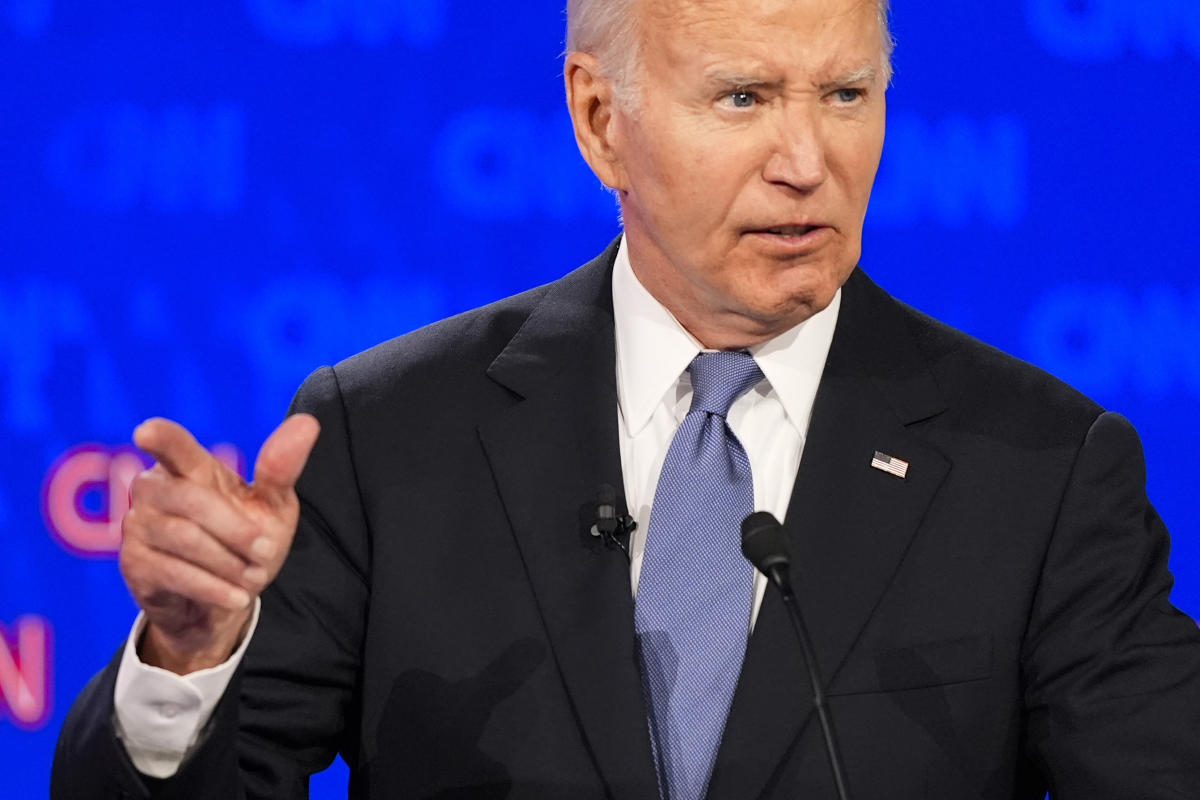Jennifer Barnes is CEO of Optima Office.
For as long as I have been an entrepreneur, the story surrounding the baby boom generation has been all about the coming retirement wave. We were promised a mass exodus from the workforce, a seismic shift that would leave companies scrambling to fill the void. At Optima Office, an outsourced accounting and HR company I founded nearly six years ago, we began preparing for the workforce shift by focusing on high retention. We felt that listening to the needs of our employees was one way to do that.
After talking to some of our baby boomer employees, I realized that many of them loved their work—and mentoring younger team members—so much that they didn’t want to hang up their hats when they turned 65. to believe that retirement was the dream they had worked so hard for, but on reflection, the stark transition from full-time work to full-time retirement felt more like a demotion than a reward.
While at many companies the path to retirement is a rigid ladder – climb to the top of your career, reach a certain age and then retire – this one-size-fits-all approach often leaves retirees struggling with financial worries, identity shifts , and a sudden loss of purpose. Some forward-thinking companies are reinterpreting their pensions with a new approach, and I decided that at Optima Office we would create an alternative option: flextirement.
Relaxation towards retirement
Flextirement is a flexible working arrangement designed to ease the transition between full-time employment and retirement with flexible hours, reduced workload and a phased approach to leaving the labor market. This bridge provides a less stressful transition by easing retirement by working 10, 20 or 30 hours instead of 40 hours, allowing flextirers to adapt to an income shift, explore hobbies and spend more time with loved ones, and all while gradually letting go of work. For most of our flextirers, part-time work is a privilege. For others, it may be a financial necessity. According to a Bankrate survey, 56% of U.S. workers believe they are behind on their retirement savings.
There are many benefits for entrepreneurs like me. Seasoned employees can become valuable mentors to younger colleagues when transitioning to a flexible work role. Furthermore, as we well know, as an outsourced HR company, finding and training replacements for senior employees can be expensive. Flextirement offers a cost-effective way to attract and retain experienced employees – and their institutional knowledge.
I have always advocated a very flexible working environment and Optima Office offered flexible work from day one. We need highly qualified employees like CFOs, and I have found an incredible talent pool who are approaching or nearing retirement to work part-time. However, it’s important to note that we don’t just offer our employees nearing retirement a flexible workplace; we allow people of all ages to work the hours that make sense to them. In fact, there are only a dozen of our 100 employees who work more than 40 hours a week, and that is our own choice.
Flextirement has had an incredibly positive impact on our team at Optima Office. These seasoned veterans, the ones with decades of experience under their belts, didn’t have to stand back completely. They longed for a balance: the intellectual stimulation of their career without the full-time commitment. And for us as a company, the benefits were undeniable, as we were able to leverage the value of their experience and know-how.
Currently, 12 of our employees have a flexible working arrangement. They work 12 to 25 hours a week, supervise junior employees and contribute to specific projects where their expertise comes to the fore. They can make their own schedule and spend time with the grandchildren, but can also transfer their years of expertise to the companies that need them. In addition to technical expertise, our flextires also bring a wealth of soft skills, honed through decades of experience. They understand team dynamics, the art of negotiation and the importance of clear communication. These are invaluable lessons for our younger employees.
Our flextirees are demonstrably happier and more involved. They have time for their personal lives, hobbies and families, yet stay connected to the work they love. This in turn promotes a corporate culture that prioritizes well-being and work-life balance. And like I said, it’s not just boomers who get this benefit; I’ve always had our team work part-time if it suits their lifestyle, so there’s no resentment among younger employees.
Embrace flexible retirement
To implement this, you could start by offering part-time jobs to the older generation; start in the areas where you need them most! It can even be in positions such as assistant work or administrative. Or it could be in highly skilled areas such as the C Suite.
Be open-minded when speaking to candidates. Apart from flexible working, think about how many parents want a more gradual transition from maternity/paternity leave or want to work part-time while their children are still young. As a mother of a toddler, I learned this first hand and have since also made it an official policy at Optima Office Policy to provide parents with additional flexibility so they know they have our support to manage their work schedule at different stages of their parenting process. . Many of our baby boomer flextirees – who are now working part-time to take on a more active role in their grandchildren’s lives – wish they had had this arrangement when they were new parents.
As the baby boomer generation sets out to redefine retirement, flexible retirement is about to become more common. Companies that embrace this model will reap the benefits of a wealth of experience, knowledge transfer and a happier, more engaged workforce. Here at Optima Office, we’re not just about weathering the storm of a changing workforce; we are riding the wave. Flextirement is not a concession, it is a non-traditional approach to retirement with benefits for companies and their employees.
As more companies embrace this innovative approach, the traditional retirement cliff could become a gentle, flexible slope where everyone can find their own comfortable landing point.
More must-read commentary published by Fortune:
The opinions expressed in Fortune.com commentary pieces are solely the opinions of their authors and do not necessarily reflect the opinions or beliefs of Fortune.
This story originally appeared on Fortune.com







